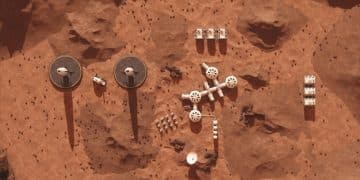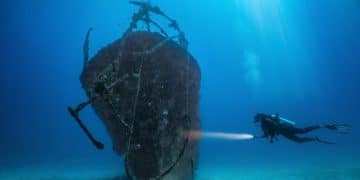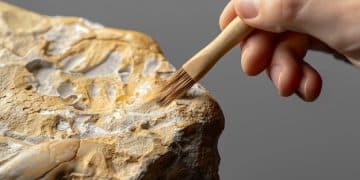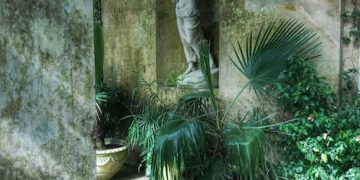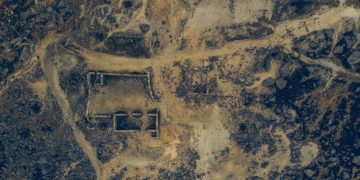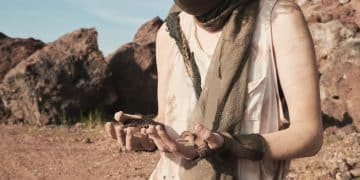Climate Change’s Impact on US Archaeological Sites: Protecting Heritage
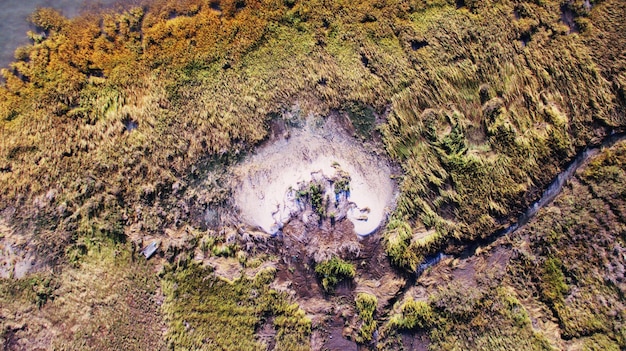
The escalating impacts of climate change, including rising sea levels, extreme weather, and erosion, pose significant threats to invaluable archaeological sites across the United States, necessitating urgent and innovative protective measures to preserve this vulnerable cultural heritage for future generations.
The venerable stones and delicate artifacts comprising the archaeological record in the United States tell the story of countless generations, offering profound insights into human endeavor and ancient cultures. Yet, these irreplaceable windows into the past face an existential threat: The Impact of Climate Change on US Archaeological Sites: What Measures are Being Taken to Protect Vulnerable Heritage. From eroding coastlines to intensified wildfires and shifting precipitation patterns, the very forces that shaped these landscapes now imperil their most treasured legacies. Understanding this intricate challenge and the proactive steps being taken is crucial for safeguarding our shared human narrative.
The Unfolding Threat: How Climate Change Imperils US Archaeological Sites
Climate change manifests in diverse ways, each presenting a unique challenge to archaeological preservation. The incremental shifts in global climate patterns are not theoretical; they are tangible forces actively degrading and destroying sites across the American landscape. Understanding the specific mechanisms of this impact is the first step toward effective mitigation and adaptation.
One of the most immediate and visible threats comes from sea-level rise and increasing coastal erosion. Many significant sites, particularly those of early human settlements, are located near ancient coastlines, which are now receding at unprecedented rates. This process can quickly expose buried materials to the elements, or worse, submerge them permanently.
Coastal Erosion and Submergence
Coastal archaeological sites are literally washing away. Tidal inundation, storm surges, and the relentless action of waves are accelerating natural erosion processes, leading to the destruction of fragile cultural layers and structures. These impacts are not uniform; they vary based on coastal geomorphology and the type of archaeological remains present.
- Increased frequency and intensity of storm events exacerbate coastal erosion, moving vast quantities of sediment and exposing buried remains.
- Rising sea levels introduce saltwater intrusion into freshwater systems, damaging delicate organic materials that have been preserved in anaerobic conditions.
- The continuous wetting and drying cycles near the intertidal zone cause degradation and dissolution of sensitive archaeological deposits.
Beyond the coasts, terrestrial sites face their own suite of climate-related dangers. Changes in precipitation patterns, including more intense rainfall events and prolonged droughts, alter soil stability and moisture content. This can lead to increased erosion in some areas and the desiccation then rehydration of organic remains in others, causing material stress and decay.
The expansion of invasive species, often aided by shifting climatic zones, also poses a less direct but equally damaging threat, as these plants and animals can disrupt delicate ecosystems and expose archaeological features through their growth and burrowing activities. The cumulative effect of these various stressors creates a complex challenge for preservationists.
Beyond Water: Wildfires, Droughts, and Their Destructive Dance
While coastal threats are often highlighted, climate change’s influence extends far inland. The escalating frequency and intensity of wildfires, particularly in the western United States, represent a catastrophic risk to archaeological resources. These fires not only directly burn organic materials but also alter soil chemistry and remove protective vegetative cover, leading to subsequent erosion.
Wildfires can completely incinerate wooden structures, carbonize artifacts, and cause stone features to spall or shatter from extreme heat. The aftermath of a fire is often just as destructive. Without vegetation to hold soil in place, subsequent rain events can trigger massive mudslides and erosional flows, burying sites under meters of debris or washing them away entirely. The loss of protective shade can also lead to increased temperature fluctuations at a site, accelerating deterioration.
The Perils of Aridity and Moisture Extremes
Droughts, another hallmark of climate change, bring their own distinct set of threats. Prolonged dry periods can cause soils to crack and shift, destabilizing buried features and exposing previously protected artifacts to damaging oxygen and light. This desiccation can lead to the deterioration of organic materials, such as textiles, wood, and bone, which require a stable moisture environment for preservation.
Conversely, increased heavy rainfall events, particularly after droughts, can trigger flash floods and rapid erosion. These sudden influxes of water can scour landscapes, transport artifacts far from their original context, and introduce new agents of decay into archaeological deposits. The cycle of extreme drying followed by extreme wetting is particularly challenging for fragile materials.
- Drought conditions reduce protective vegetation, increasing soil exposure and vulnerability to wind erosion.
- Extreme wet events can lead to waterlogging, promoting anaerobic decay in some contexts but also rapid erosion and site disturbance.
- Fluctuating soil moisture content can cause microclimates to shift rapidly, affecting the stability of cultural materials.
Monitoring these diverse impacts requires sophisticated tools and a coordinated effort across various disciplines, ranging from hydrology and geology to archaeology and climate science. The interconnected nature of these threats means that protective strategies must be holistic and adaptable, addressing multiple potential harms simultaneously.
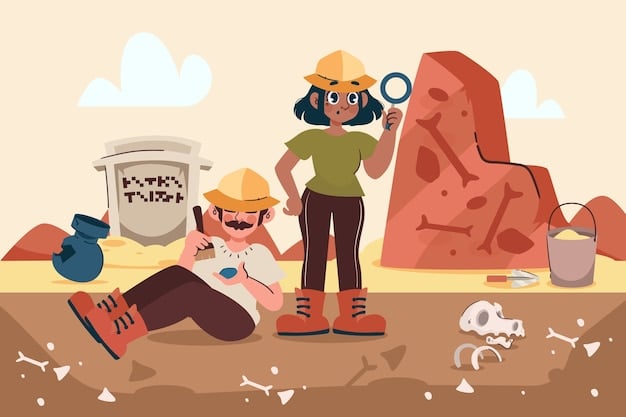
Proactive Measures: Documentation, Monitoring, and Prioritization
Faced with such pervasive threats, archaeologists and heritage managers are not standing idly by. A significant shift towards proactive measures is underway, emphasizing documentation, continuous monitoring, and strategic prioritization of vulnerable sites. This approach allows for informed decision-making and efficient allocation of limited resources.
Comprehensive documentation, often employing advanced technologies, is paramount. Before a site is lost or severely damaged, it is imperative to record as much information as possible. This includes detailed mapping, photographic records, and in some cases, 3D modeling using lidar or photogrammetry. Such data serves as a crucial baseline for monitoring change and provides invaluable information even if the physical site succumbs to environmental forces.
Advanced Monitoring Techniques
Beyond initial documentation, ongoing monitoring is essential to track the progression of climate change impacts. This can involve anything from regular ground-level surveys to satellite imagery and drone technology, allowing for large-scale assessment and identification of rapidly deteriorating areas. Remote sensing offers a safer and more efficient way to assess vast, often remote, archaeological landscapes.
- Satellite imagery and aerial photography provide historical context and current data for tracking changes in landforms and site exposure.
- Ground-penetrating radar (GPR) and magnetometry can help identify buried features at risk before they are directly impacted.
- Environmental sensors deployed at sites can monitor soil moisture, temperature, and salinity levels, providing real-time data on deterioration factors.
Given the immense number of archaeological sites and the limited resources available, not every site can receive the same level of intervention. This necessitates a rigorous process of prioritization, often based on a site’s cultural significance, its historical uniqueness, and its vulnerability to specific climate threats. This triage approach ensures that the most irreplaceable heritage receives urgent attention.
Collaborative efforts between government agencies, academic institutions, indigenous communities, and local stakeholders are foundational to successful monitoring programs. Sharing data and expertise amplifies capacity and ensures that diverse perspectives are incorporated into preservation strategies.
Adaptive Strategies: Mitigation, Adaptation, and Community Engagement
Once a site’s vulnerability is assessed, the next critical phase involves implementing adaptive strategies. These measures fall into two broad categories: mitigation, aimed at slowing or preventing damage, and adaptation, which seeks to manage unavoidable impacts and preserve knowledge even if physical sites are lost. Community engagement is a pervasive and vital component of both.
Mitigation efforts can range from relatively low-tech solutions like vegetation management to more complex engineering approaches. For coastal sites, this might involve constructing natural barriers, such as oyster reefs or living shorelines, that absorb wave energy and stabilize sediments. In fire-prone areas, creating defensible space around sites and implementing controlled burns can reduce fuel loads.
Innovative Preservation Techniques
For some sites, direct intervention may be necessary. This could involve selective excavation to recover threatened artifacts, stabilizing precarious structures, or even relocating entire collections to safer, climate-controlled environments. These are often costly and resource-intensive endeavors, undertaken only when other options are exhausted or insufficient.
- “Soft” engineering solutions like dune restoration and wetland creation offer sustainable protection for coastal sites.
- Reburial of archaeological remains can protect them from exposure if conditions allow for their stable preservation.
- Advanced conservation treatments in laboratories can stabilize and preserve highly vulnerable artifacts once they are recovered.
Crucially, effective climate change adaptation for archaeological sites cannot happen in a vacuum. It requires deep engagement with local communities, particularly indigenous groups whose ancestral lands and cultural heritage are most directly impacted. Traditional ecological knowledge often holds invaluable insights into landscape management and resilience, offering sustainable approaches to stewardship.
These partnerships ensure that preservation efforts are culturally sensitive, locally relevant, and supported by those who have the deepest connection to the land. Empowering local communities to be active participants in monitoring and decision-making fosters long-term stewardship and strengthens the collective capacity to respond to climate challenges.
Policy and Funding: Shaping the Future of Heritage Protection
Effective responses to climate change impacts on archaeological sites require more than just on-the-ground action; they demand robust policy frameworks and dedicated funding streams. Without these foundational elements, even the most innovative strategies will struggle to be implemented at the scale required to address the pervasive threat.
Legislation at federal, state, and local levels plays a crucial role in mandating consideration of cultural resources in land management decisions and infrastructure projects. Existing laws, such as the National Historic Preservation Act (NHPA), provide a basis for protecting archaeological sites, but they often need to be updated or reinterpreted to specifically address climate change vulnerabilities. New policy initiatives might focus on integrating climate resilience planning directly into heritage management practices.
Securing Resources for Preservation
Funding is perhaps the most significant hurdle. Archaeological fieldwork, ongoing monitoring, advanced conservation, and adaptive engineering solutions are all expensive. Dedicated governmental appropriations, private grants, and international collaborations are all vital sources of financial support. Advocating for increased investment in cultural heritage protection as a component of climate change mitigation and adaptation strategies is an ongoing and critical effort.
- Federal agencies like the National Park Service and NOAA are increasingly allocating resources for climate resilience projects affecting cultural heritage.
- Non-profit organizations and philanthropic foundations play a vital role in funding research, documentation, and on-the-ground preservation efforts.
- International partnerships can facilitate knowledge sharing and provide additional funding for particularly vulnerable sites.
Beyond direct funding for specific projects, policies that incentivize sustainable land use, promote renewable energy, and reduce greenhouse gas emissions contribute indirectly but significantly to heritage protection. Addressing the root causes of climate change is, in the long run, the most powerful preservation strategy. The interconnectedness of environmental and cultural well-being underscores the need for integrated policy solutions.
Building public awareness and political will for heritage protection in the face of climate change is also a key policy objective, as sustained support is essential for long-term success. Education and outreach programs can highlight the value of these sites and the urgency of their protection.
Case Studies: Lessons from the Front Lines of Vulnerability
Examining specific instances where archaeological sites in the US are facing severe climate impacts offers tangible insights into the challenges and the innovative solutions being deployed. These case studies underscore the diversity of threats and the necessity of tailored responses.
One notable example is the numerous shell middens and ancient burial sites along the rapidly eroding coasts of Alaska and the Gulf Coast. In Alaska, thawing permafrost and increased storm surges are uncovering and destroying sites at an alarming rate, often exposing human remains. Communities are working with archaeologists to recover and rebury ancestors before they are lost to the sea.
Coastal and Riverine Challenges
Along the Gulf Coast, particularly in Louisiana, vast expanses of marshland containing rich archaeological records are submerging due to sea-level rise and land subsidence. Projects here focus on rapid documentation, selective data recovery, and community-led efforts to salvage what they can from disappearing landscapes.
In the southwestern United States, significant Ancestral Puebloan sites, often composed of fragile adobe and dry-laid stone, are experiencing increased deterioration due to more extreme temperature swings and altered precipitation patterns. Droughts weaken structures, and intense rain can cause rapid erosion of unmortared walls and the collapse of features. Here, monitoring and stabilization efforts are crucial.
- The impacts on Jamestown, Virginia, illustrate how rising waters threaten foundational sites of early American history.
- In the Pacific Northwest, indigenous fishing weirs and village sites are increasingly vulnerable to changing river flows and coastal erosion.
- Climate-induced landslides in mountainous regions imperil unrecorded archaeological sites by burying or exposing them without warning.
These varied examples highlight that there is no one-size-fits-all solution. Each region and each type of site demands a nuanced understanding of specific climate vulnerabilities and the development of appropriate, sustainable responses. The willingness to adapt and innovate in the face of unprecedented challenges is what defines current preservation efforts.
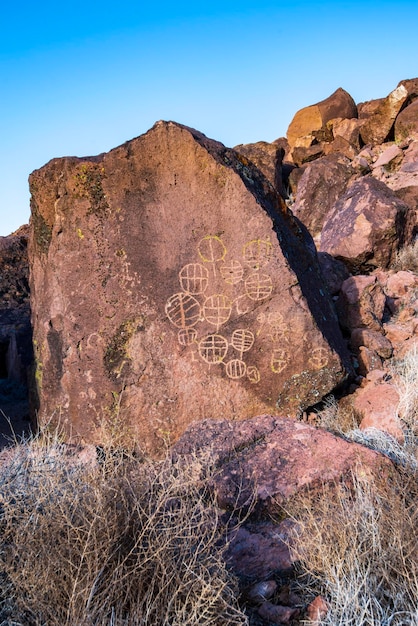
Interdisciplinary Collaboration: The Path Forward for Heritage Protection
Tackling the monumental challenge of protecting archaeological sites from climate change demands a highly integrated, interdisciplinary approach. No single field possesses all the answers; rather, solutions emerge from the synthesis of knowledge across diverse disciplines. This collaborative spirit is increasingly informing research, preservation, and policy initiatives.
Archaeologists are working hand-in-hand with climate scientists to better understand future climate scenarios and their likely impacts on specific site types. Hydrologists and geologists provide critical data on erosion patterns, water tables, and soil stability. Engineers are lending their expertise to design innovative protective structures that are both effective and minimally invasive to archaeological integrity.
Bridging Science and Culture
Indigenous communities, with their deep historical and cultural connections to the land, are increasingly recognized as essential partners. Their traditional knowledge systems offer valuable insights into long-term environmental changes and sustainable resource management practices that can inform contemporary preservation strategies. Ethical engagement and co-stewardship are becoming cornerstone principles.
- Remote sensing specialists employ drones and satellite imagery to monitor vast archaeological landscapes for climate-induced changes.
- Data scientists and geographers develop predictive models to identify sites most vulnerable to future climate impacts.
- Historians and anthropologists contribute to understanding the cultural significance of sites, aiding in prioritization decisions.
Beyond scientific and cultural collaboration, partnerships with policy makers are crucial. Translating scientific findings into actionable policy recommendations ensures that protective measures are effectively integrated into national and local planning frameworks. Advocating for sustained funding and legislative support requires a clear articulation of the value of cultural heritage and the urgency of its protection.
The shared goal is not just to preserve isolated artifacts or structures, but to safeguard the entire spectrum of human history and the intangible cultural connections to these places. This holistic vision drives interdisciplinary collaboration, ensuring that the legacy of the past continues to illuminate the present and inform the future.
| Key Aspect | Brief Description |
|---|---|
| 🌊 Coastal Erosion | Rising sea levels and intensified storms are rapidly washing away coastal archaeological sites. |
| 🔥 Wildfire Threat | Increased frequency and intensity of wildfires directly damage sites and lead to post-fire erosion. |
| 🔬 Data Collection | Advanced documentation and monitoring are crucial for understanding and responding to climate impacts. |
| 🤝 Collaboration | Interdisciplinary partnerships and community engagement are essential for effective preservation strategies. |
Frequently Asked Questions About Archaeological Site Protection
▼
The most detrimental impacts are coastal erosion and submergence due to rising sea levels, increased intensity and frequency of wildfires, and altered precipitation patterns leading to severe droughts or catastrophic floods, all of which destabilize or destroy archaeological deposits and structures.
▼
Sites are prioritized based on a confluence of factors, including their cultural and historical significance, the urgency of the climate threat they face, and the feasibility of intervention. This systematic triage ensures that the most vulnerable and irreplaceable heritage receives immediate attention.
▼
Full restoration is often impossible, especially for sites lost to erosion or wildfire. The focus shifts to documentation, data recovery, and stabilization efforts to preserve what remains or to capture information before it’s gone. Some sites might be partially stabilized or have artifacts selectively recovered.
▼
Indigenous communities play a crucial role as stewards of ancestral lands. Their traditional ecological knowledge offers invaluable insights for resilient land management. Partnerships with archaeologists ensure culturally sensitive preservation efforts and empower communities in decision-making processes for their heritage.
▼
Advanced technologies include satellite imagery, drone-based photogrammetry and lidar for 3D mapping, ground-penetrating radar (GPR) to identify buried features, and environmental sensors to monitor soil conditions. These tools provide critical data for assessing vulnerability and tracking changes over time.
Conclusion
The threat posed by climate change to archaeological sites in the United States is profound and multifaceted, demanding an urgent and sustained response. From the encroaching seas to the intensifying wildfires, our shared heritage is under siege. Yet, the story is not one of inevitable loss; it is also one of resilience, innovation, and unwavering dedication. Through meticulous documentation, advanced monitoring, adaptive preservation strategies, robust policy frameworks, and essential interdisciplinary collaboration, archaeologists, scientists, and communities are striving to protect these irreplaceable windows into our collective past. Safeguarding these sites is not merely about preserving stones and bones; it’s about honoring the stories they tell and ensuring that future generations can continue to learn from the rich tapestry of human experience that defines the American landscape.
